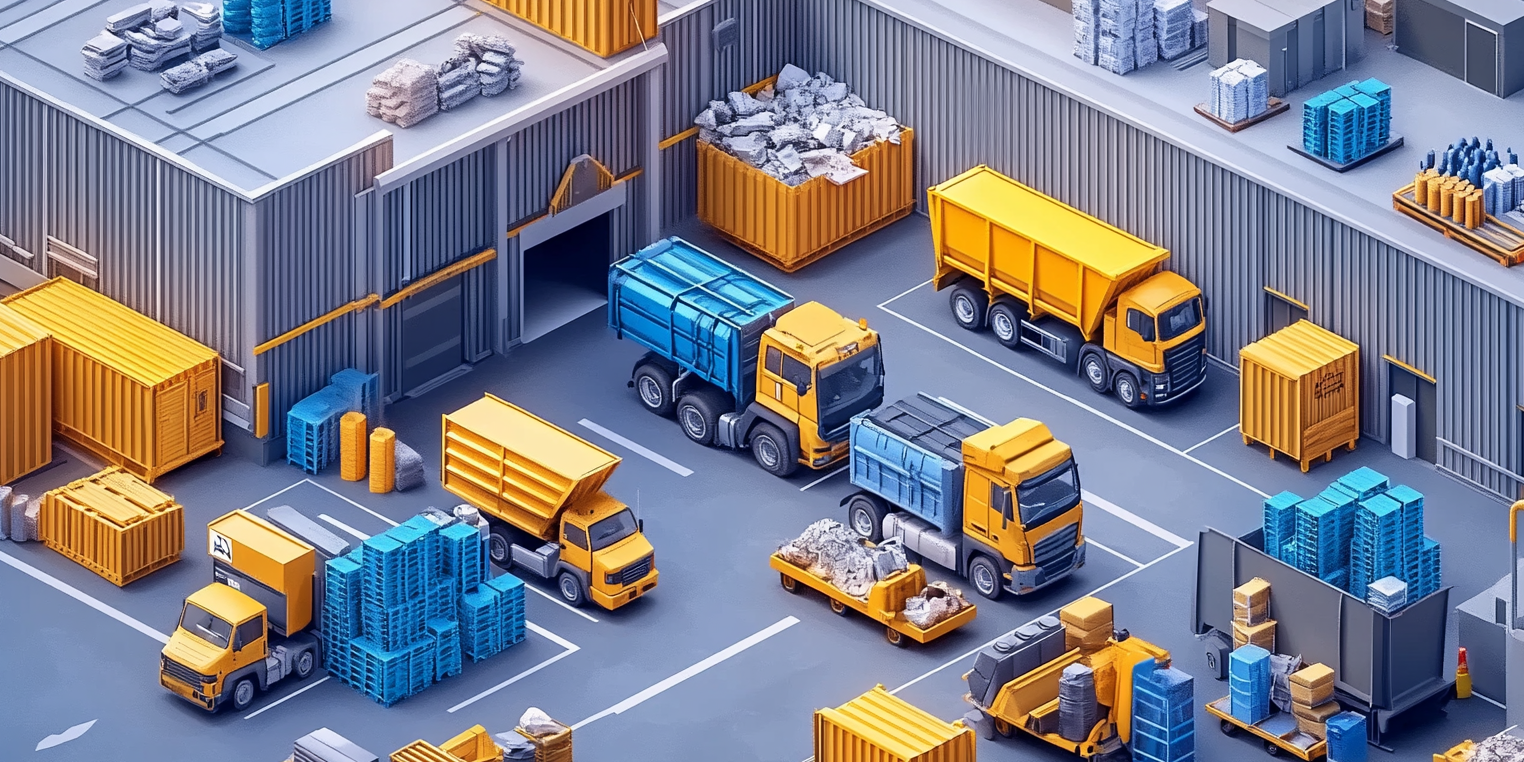The Role of Inventory Tracking in Scaling Junk Hauling Service Businesses

Introduction
Running a junk hauling service isn’t just about tossing broken furniture into a truck and calling it a day. It’s about logistics, timing, and — surprisingly — inventory tracking. Yes, you heard that right. Inventory tracking, a concept often associated with retail or warehousing, plays a crucial role in scaling junk removal operations. It can mean the difference between a chaotic job site and a streamlined, profitable business. When I first started working on large-scale property cleanouts, we ran into constant issues. We’d show up with the wrong gear, forget essential tools, or miscalculate space needed in the truck. It was frustrating — and costly. That’s when we started applying basic inventory management tactics to our process. And the results were almost immediate: Jobs went smoother, turnaround times improved, and we could take on more clients without burning out the team. If you're trying to grow your junk hauling service, here's why inventory tracking might be your best-kept secret.
Why Inventory Tracking Matters in Junk Hauling
Think inventory tracking doesn’t apply to junk? Think again. Junk hauling involves a surprising number of moving parts — both literally and figuratively. From tools like dollies and saws to safety gear and vehicle capacity, every item has to be accounted for. Not to mention the actual “junk,” which can range from household clutter to industrial debris. By treating these elements as inventory, you gain control. You reduce time wasted on the job and ensure your team is properly equipped. This translates to faster job completion and higher customer satisfaction.
Real-World Impact: From Cluttered to Controlled
Let me give you a real-life example. We once accepted a job clearing out a hoarder’s home — a multi-day project with tight deadlines. On day one, we didn’t bring enough trash bins or protective masks. Result? We lost half a day. The following week, we built a checklist system. Every team member had a role: load planner, tool checker, safety lead. We tracked what went in and out of each job site using a simple app. By week three, we were wrapping jobs ahead of schedule. It was all thanks to the structure inventory tracking brought in.
Scaling Up Without Burning Out
Want to handle more clients without doubling your workforce? Inventory control makes that possible.
Here’s how:
It helps reduce waste (both physical and time-related).
It prevents tool misplacement and unnecessary re-purchases.
It allows smarter route planning based on truck load and job type.
When you know exactly what’s in your truck and what each job demands, you avoid overbooking or underdelivering. That’s key to scaling sustainably.
Top Benefits of Inventory Tracking for Junk Haulers
1. Better Job Planning
With inventory tracking, you know what tools and space each job needs before arriving. This lets you schedule more accurately and avoid overtime fees.
2. Cost Efficiency
Ever bought a new crowbar just to realize one was sitting in a different truck? Yeah, us too. Tracking your assets stops unnecessary purchases and saves you money over time.
3. Improved Customer Experience
Clients notice when you're fast, prepared, and professional. A systemized approach often wins repeat business and referrals.
4. Easier Team Management
When the crew knows where everything is and what’s needed, it cuts down confusion and boosts accountability. Plus, it makes onboarding new hires a lot easier.
Digital Tools That Help
You don’t need an expensive enterprise system to start. Even Google Sheets or basic inventory apps can work wonders. We began with a free app that let us tag each tool and item. Over time, we upgraded to a cloud-based dashboard. Now, our team can check in real-time what's available and what’s being used.
Some popular tools for junk haulers include:
● Sortly
● EZOfficeInventory
● Airtable
● Asset Panda
Choose what fits your budget and team size.
The important part is to start tracking — even if it’s just with pen and paper.
Lessons Learned from the Field
If I could go back, I’d implement inventory tracking from day one. It’s easy to assume that hauling junk is just brute force work. But like any business, it thrives on systems. Once we put inventory management in place, we doubled our monthly job volume within six months. We had fewer breakdowns, happier clients, and less stress on-site. It helped us shift from surviving to thriving.
Don’t Overcomplicate It
A lot of junk hauling pros get stuck because they think systems mean spreadsheets and software headaches. But it can be simple. Start with your most-used tools. Track your truck capacity. Build a checklist for each type of job. And always debrief after the job: What worked? What slowed you down? What could be done better next time?
Final Thoughts
Inventory tracking isn’t the flashiest part of running a junk hauling service. But it’s one of the most important if you want to grow without chaos. Think of it as the behind-the-scenes glue holding your operation together. Once you get it in place, you’ll find everything else flows better — from client communication to job execution. So the next time you're knee-deep in old mattresses and broken cabinets, remember: The key to scaling might just be what’s in your toolkit — and how well you track it. Need help getting started with large-scale cleanouts? Check out this junk hauling service guide for pro tips.
Ready to get started?
Meet the team to learn more about why CurbWaste waste management software has become the trusted partner for waste hauling businesses nationally.


.svg)

.svg)